Washing elastane
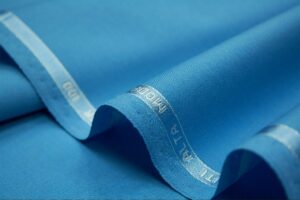 Elastane is a durable synthetic material also known as Lycra or spandex. In its pure form, it is practically not used, but it is actively diluted with fabrics of natural origin to improve or give them some properties. How to wash elastane, or rather, items containing it, so that the fabric retains its appearance and characteristics?
Elastane is a durable synthetic material also known as Lycra or spandex. In its pure form, it is practically not used, but it is actively diluted with fabrics of natural origin to improve or give them some properties. How to wash elastane, or rather, items containing it, so that the fabric retains its appearance and characteristics?
Features of washing and drying
As a rule, the proportion of elastane in mixed items is low, so you need to care for such a wardrobe item in accordance with the instructions for the main material. If the proportion of elastane is significant, the following recommendations will be relevant.
- It is better to wash the item by hand in cool or slightly warmed water (25-30 degrees).
- You can wash elastane in a washing machine on a delicate program.
- Spinning at high speeds and strong manual twisting are contraindicated.
- Do not use air conditioners or aggressive bleaches.
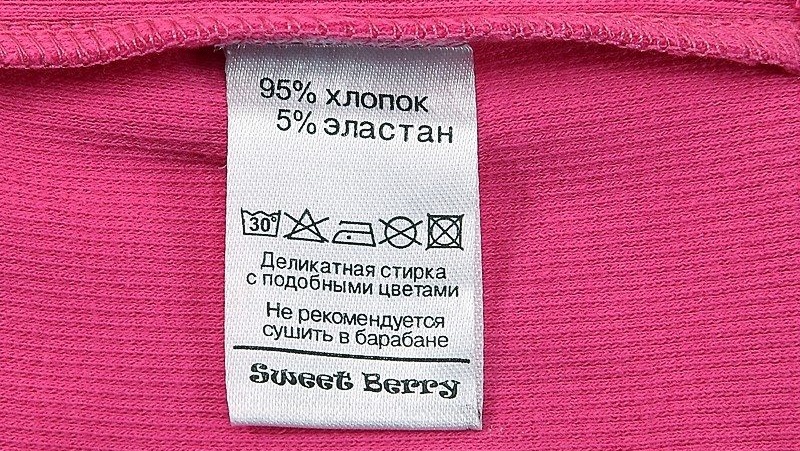
- Use mild detergents.
- Separate colored, dark and white clothes when washing.
Attention! Items containing elastane may become deformed during improper drying, so they should be dried in natural conditions away from direct sunlight in a horizontal position.
For the same reason, it is better to store such an item in a closet, folded, and not on a hanger, otherwise the fabric on the hanger may stretch out and lose its shape. Elastane has nothing against ironing, but you shouldn’t overdo it. Keep the iron heat to a minimum and do not use steam or other aggressive ironing methods. High temperatures have a negative effect on the condition of the fabric.
What items are elastane added to?
What fabrics are most often diluted with elastane? The list is quite long.
- Cotton.
- Linen.
- Silk.
- Viscose.
- Knitwear.
- Polyamide.
- Polyester.
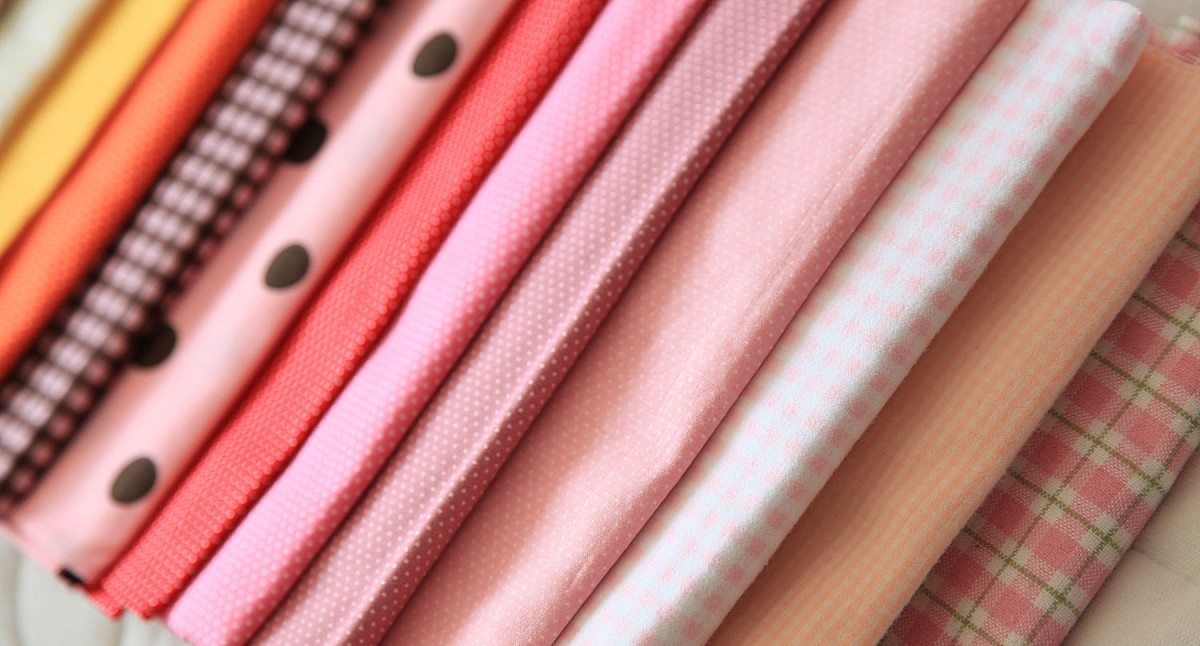
What kind of wardrobe items are not made with the addition of elastane? With its help, they sew everyday clothes (T-shirts, turtlenecks, jeans, shorts, T-shirts), stage wardrobes (dance and circus outfits), sportswear, workwear, and even festive and carnival costumes. Elastane is also actively used in the sewing of underwear, swimwear, and hosiery (especially for women).
Important! The share of elastane in mixed products ranges from 5% to 30%. The higher the percentage of elastane in a product, the stronger it is and the better it stretches.
Advantages and disadvantages of the material
Undoubtedly, the widespread use of elastane suggests that it has many positive characteristics.
- Elasticity. The fabric can be stretched up to 8 times, and then it will easily and quickly return to its original form.
- Strength and wear resistance. Doubles the life of the item.
- High density. Creates a “tight-fitting” effect that emphasizes the figure well.
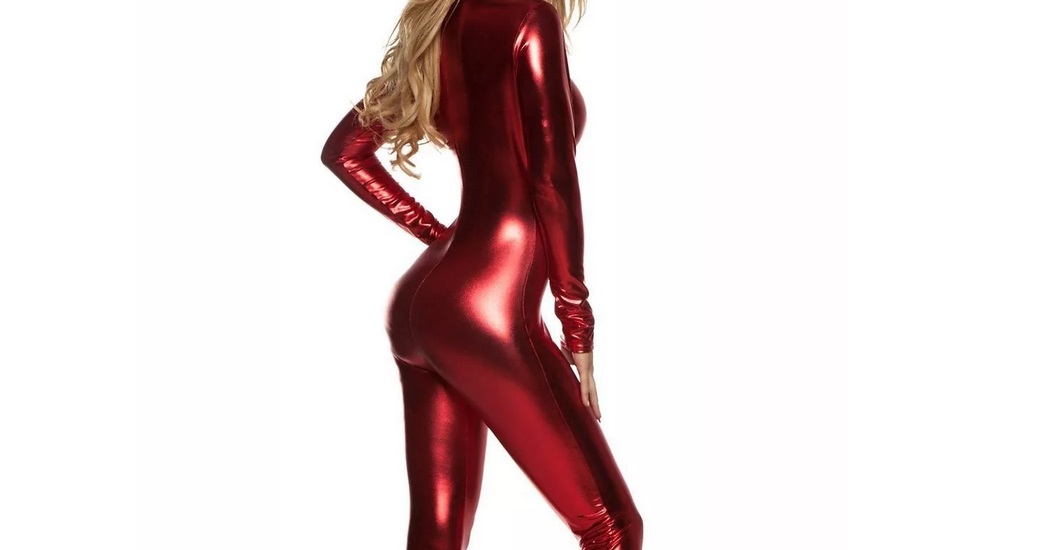
- Ease.
- Softness.
- Subtlety. This allows you to combine the material with any other fabric.
- Breathable yet water resistant.
- Comfortable to wear.
- Resistant to stains.
There are not many disadvantages to this type of fabric. Elastane can be allergenic and suffers from prolonged exposure to direct sunlight and treatment with chlorinated water.
Interesting:
Reader comments
- Share your opinion - leave a comment

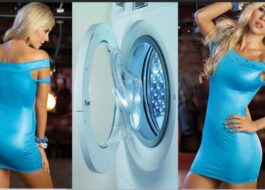
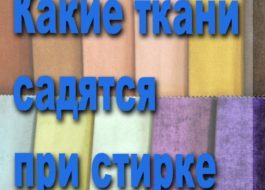

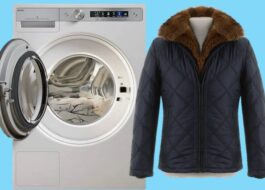

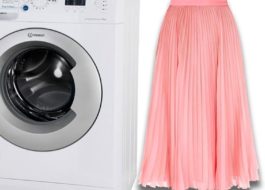














Add a comment